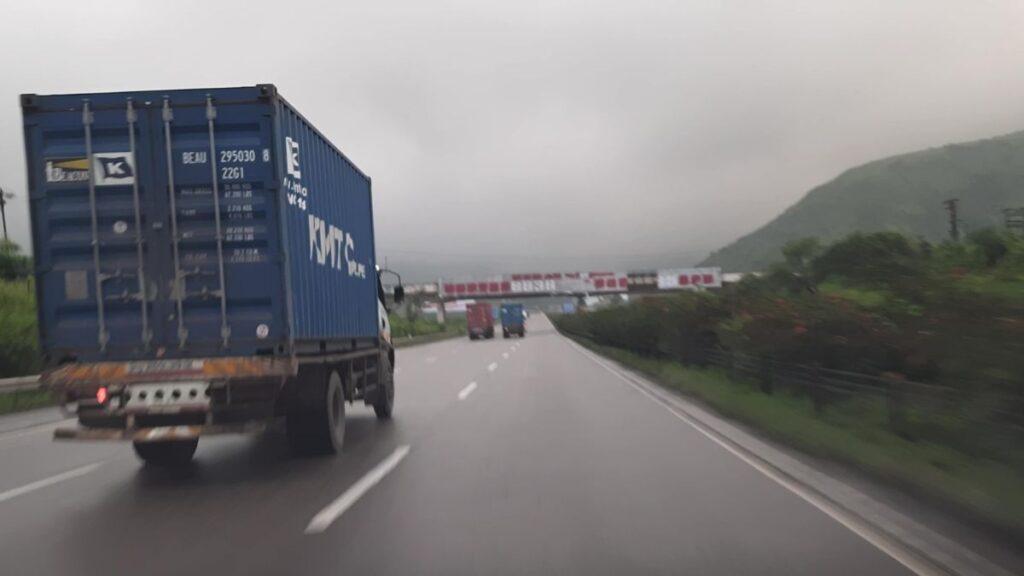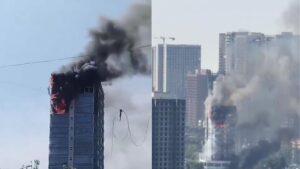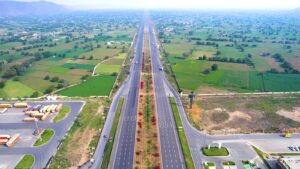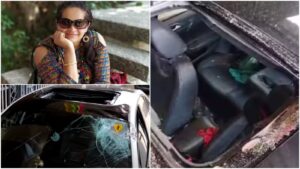Speed Limit for Heavy Vehicles on Mumbai-Pune Expressway’s Bhor Ghat Likely to Increased Soon

Authorities Consider Raising Speed Limit from 40 kmph to 50 kmph to Ease Traffic and Reduce E-Challans
Heavy vehicles, including trucks and buses, descending the Bhor Ghat section of the Mumbai-Pune Expressway may soon be allowed to travel faster, as authorities are deliberating an increase in the existing speed limits. Officials and transporters have indicated that the current 40 kmph limit for heavy vehicles on the downward slope (Pune-Mumbai arm) could be raised to 45-50 kmph, with a final decision expected soon.
Current Speed Limits and Proposed Changes
The 10-km ghat section, located between Lonavala (Pune district) and Khalapur (Raigad district), currently enforces a 60 kmph speed limit for cars, which is unlikely to change. However, heavy vehicles face a stricter 40 kmph cap, which transporters argue is impractical and leads to frequent e-challans, traffic congestion, and accidents.
On other stretches of the Mumbai-Pune Expressway—India’s first access-controlled expressway—the speed limit is 100 kmph for smaller vehicles and 80 kmph for heavy vehicles.
Why the Change is Needed
Transporters claim that maintaining 40 kmph on a steep downward incline is “unscientific, unrealistic, and unfair.”
- Harsh Kotak, a bus operator and leader of the Mumbai Bus Malak Sangh, explained the technical challenges:
- In special gear, vehicles crawl at 7-10 kmph.
- First gear allows 25-28 kmph, while second gear reaches 45-47 kmph.
- Staying in first gear slows traffic, while second gear risks overshooting the limit or overheating brake drums due to excessive braking.
Kotak revealed that 30% of e-challans issued on this stretch are for speeds between 43-50 kmph, just slightly above the current limit.
Safety Concerns and E-Challan Burden
The introduction of the Intelligent Traffic Management System (ITMS)—featuring speed cameras—has led to a surge in e-challans. First-time violators are fined ₹2,000, with higher penalties for repeat offenses.
KV Shetty, another bus operator, pointed out the lack of proper warning signs, forcing drivers to brake suddenly, increasing accident risks.
ALSO READ | E-Challan Chaos on Mumbai-Pune Expressway: Faulty Fines, Low Recovery Reveal System Flaws
Authorities Respond
Maharashtra Transport Commissioner Vivek Bhimanwar acknowledged the complaints, stating that maintaining 40 kmph on a steep slope is “practically difficult.”
- The Maharashtra State Road Development Corporation (MSRDC) and highway police conducted a joint survey last month.
- While MSRDC will propose changes, the highway police will finalize the new speed limit.
An MSRDC official confirmed that a meeting to discuss the revision is expected soon.
Accident Data and Expressway History
The Mumbai-Pune Expressway, inaugurated in 2002, recorded 191 accidents in 2024. A revised speed limit could improve traffic flow and safety for heavy vehicles.









